
Marketing White Paper
AI-Assisted Automated Marketing Funnels
Finally, the Promise of AI Within Communications is Delivered with Inbound Marketing Funnels.
AI… For Real This Time!
Machine learning and artificial intelligence (AI) programming are finally combining to become the rocket fuel small to medium-size brands need to separate from the pack. AI is the new digital economy game changer that will empower brands to break through the advertising noise and rise to the next level.
The new capabilities of AI tech are now the efficient bridge to close the gap between inbound marketing content and dynamically populated customer experience funnels. The latest technology convergence within the AI development sector now empowers small to medium-sized businesses to connect, differentiate, and amaze customers with fantastically intuitive and delightfully memorable experiences—efficiently.
Seriously, the kind of, “wow, how did they do that, this company is amazing,” moments are now possible for small and mid-sized brands and no longer only the domain of the online goliaths.
We are talking exponential change in the marketing communications arena—a true tipping point of practical AI deployment. After all these years, the ghost in the machine that’s been stirring our imaginations and first intrigued us with the possibilities of HAL, has finally manifested.
Simply stated, machine learning and AI technology have reached a new frontier.

Seth Patton from Microsoft explains the advancement in his company’s AI software capabilities best, “Project Cortex uses AI to reason over content across teams and systems, recognizing content types, extracting important information, and automatically organizing content into shared topics like projects, products, processes, and customers. Cortex then creates a knowledge network based on relationships among topics, content, and people.”
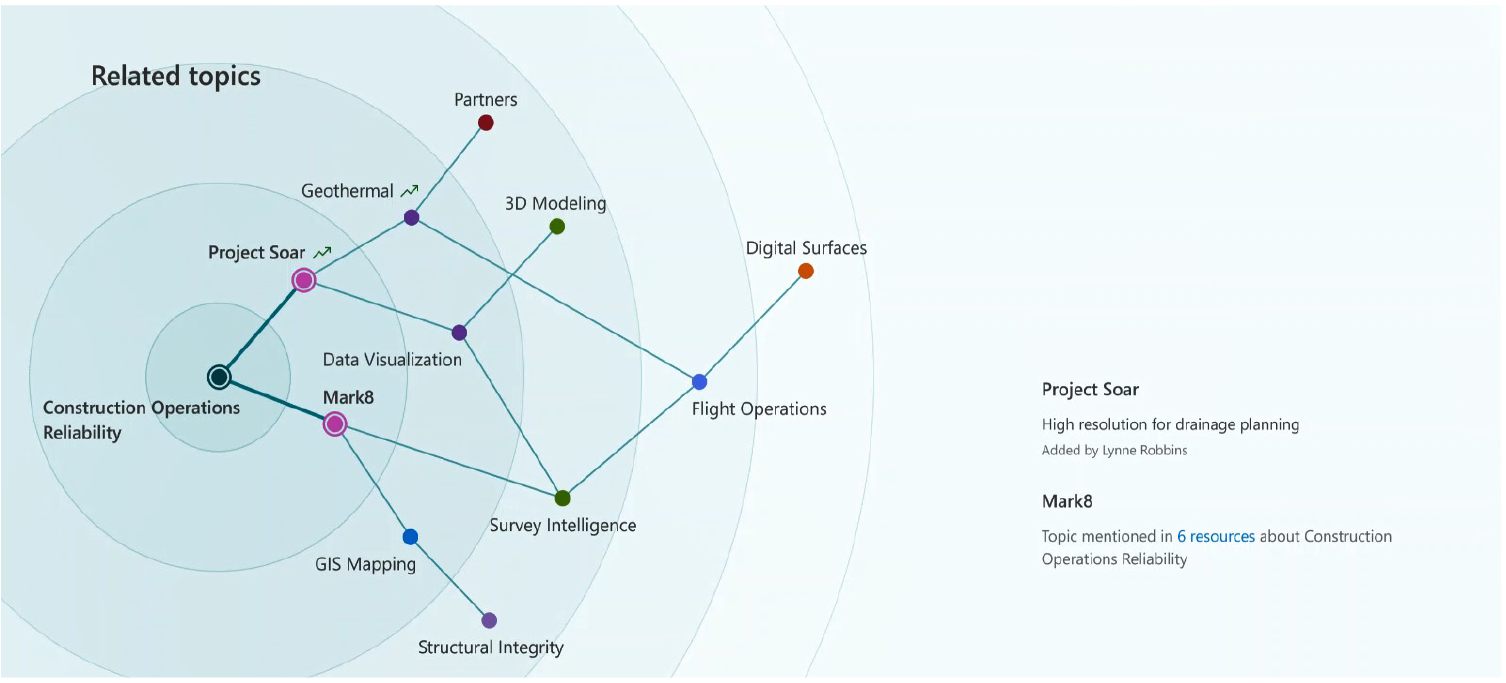
Source: Microsoft
Automating Heuristic Segment-Specific Messaging
Dynamic messaging needs to be driven by strategy, design, and technology that’s built to be dynamically purposed. Over the last ten years, neuromarketing methods have become the driver of content development prerequisites when deploying a dynamic, content-specific, multicohort, multiproduct strategy approach to your messaging and positioning.
Neuromarketing empowers the relevance and engagement granularity required to deploy effective, one-to-one, automated communications platforms. Neuromarketology has proven to be the most reliable, efficient, and repeatable method to create dynamic content for multi-segment targeting and real-time communications. The methodology ensures automated communications are accurate, relevant, and engaging to feed inbound customer experience funnels.
Neuromarketing has evolved over the last few decades. The first models were built by extracting foundational behavioral approaches to systems theory and control theory, which were originally published in the late-1970s by J. C. Willems. His works were a byproduct and result of resolving inconsistencies present in classical approaches based on state-space, transfer function, and convolution representations. His original approach was also motivated by the aim of obtaining a general framework for system analysis and control that respects the underlying physics. Within Neuromarketology, we applied the science of Willems to help mitigate the unpredictable deltas between advertising campaigns and the corresponding sales results.
“The simple objective—quantify and formulate the best odds of creating, and most importantly, scaling advertising campaigns with superior results.”
Brian Fabiano
In the ‘80s, the industry started working with Willems’ models to go beyond zip code direct targeting to dive into individual household targeting based on credit card behaviors. We then progressed in the ‘90s to incorporate the ability to direct patient files across a hospital campus from one siloed area to another intuitively and in real time based on individual patient diagnosis. In the 2000s, when we saw web services debut and one server could talk with another in real time, combined with the fidelity of the corresponding behavioral analytics, we started to form the framework of Neuromarketology.
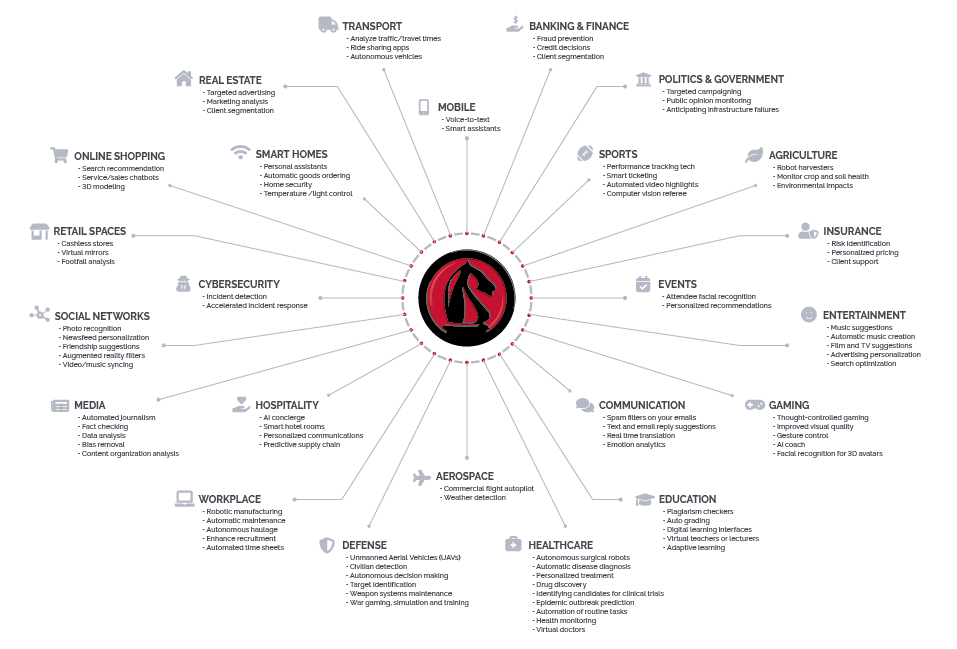
Neuromarketology was created from the offshoots of technology convergence, new science published within behavioral psychology, and correlating the mounting real-time analytics of online and offline consumer behaviors. These have included 360 degrees of consumer and operational input.
The good news—the fidelity and further vectoring of data inputs grow exponentially every day. Some of the early data sets include search, click and mouse tracking, content interaction, conversion, purchase, social sentiment, loyalty, as well as micro and macro stakeholder behaviors, online and off.
It’s truly a simple progression—once a brand reaches data granularity, it can achieve data confidence. And, once we have data confidence, we can assess the behavioral correlations to drive better brand connections. Better connections equal better advertising and marketing.
What is the role of behavioral psychology in the model? Kendra Cherry writes, “Behaviorism, also known as behavioral psychology, is a theory of learning based on the idea that all behaviors are acquired through conditioning. Conditioning occurs through interaction with the environment. Behaviorists believe that our responses to environmental stimuli shape our actions.”
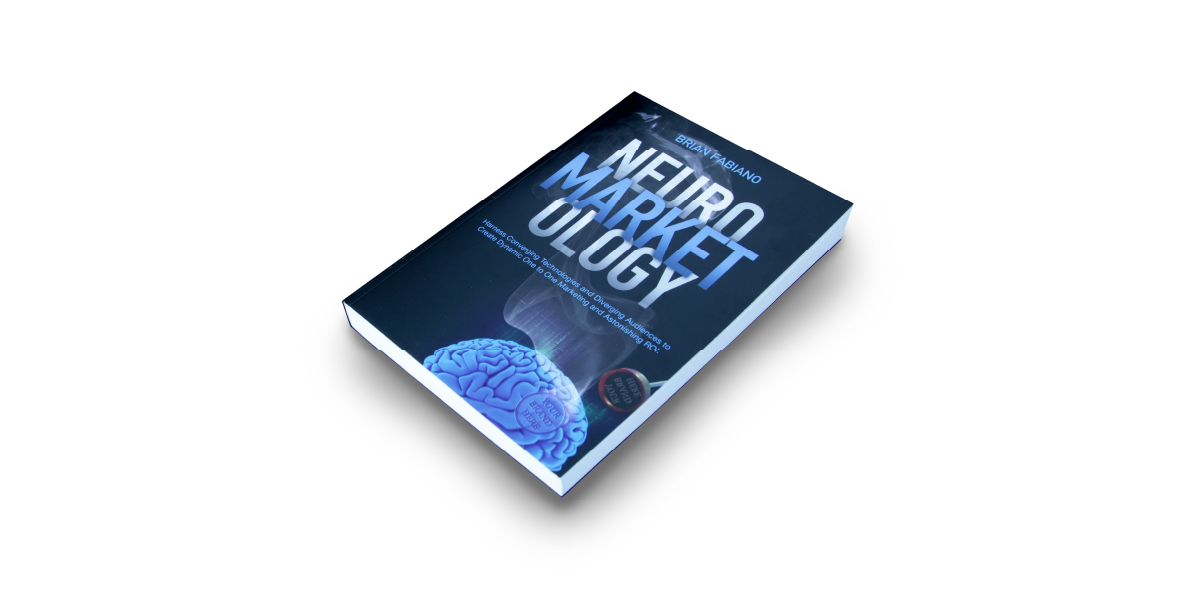
Neuromarketology™ and AI Message Mapping
Over the last ten years, we have developed neuromarketing mapping, also known as brand attribute mapping or dynamic targeting, as a robust offering. The neuromarketing process maps each of your target audience’s behavioral, demographic, and psychographic connection points to your brand, product, or service attributes. The sum total of the mapping and attributes becomes a unique sociographic cohort profile. These sociographic maps are then leveraged to parse the right message, at the right time, and in the right channel when targeting multiple segmentations within the same marketing funnel or advertising campaign.
This combination of automated, strategically aligned, one-to-one content development, with the real-time knowledge of where the customer is in the buying cycle, enables your marketing efforts to achieve a better level of understanding of your individual customers within each targeted cohort. The new methods help quantitatively define how customers think and react to specific messaging, thus allowing smart marketers to optimize the marketing influence to motivate action and dictate new thinking for each individual segmentation—efficiently.
A Decade of Progress Makes Digital Brands Ready for AI
Over the last decade, as high-fidelity behavioral interaction data started to define the exact combinations of messaging, imagery, and tone required to connect to individual buyers, savvy marketers completely reinvented how we develop and deploy a brand’s content. With real-time analytics, marketers are able to connect and convert long tail and short tail buyers at an exponential rate, compared to the industry’s norm of overused, one size fits all advertising platitudes and commoditized claims. Empowerment to see, data base, and then correlate these customers’ buying and consideration patterns allowed industry experts to finally see deeper into each buyer’s differences and needs.
The last decade of progress has truly set the stage for a natural progression into the machine learning for brands of all sizes in any industry. AI and machine learning are just a natural progression from where we have been. Now, it’s all about applying the past investments into the company’s funnel development efforts or digital brand efforts by augmenting the budget-neutral investments brands already have in play with their normal marketing and IT allocations with this new capability. It’s time to dismiss the previous bias we learned in the past and start asking new questions and thinking about the new possibilities.
Syntextual™ Relevance
At the time, our industry did not have a word that defined the exact intersection of context and syntax to explain the type of individual situational content that creates the best state of mind required to efficiently influence action. During the writing of Neuromarketology, we created a portmanteau to help define a new industry convergence point.
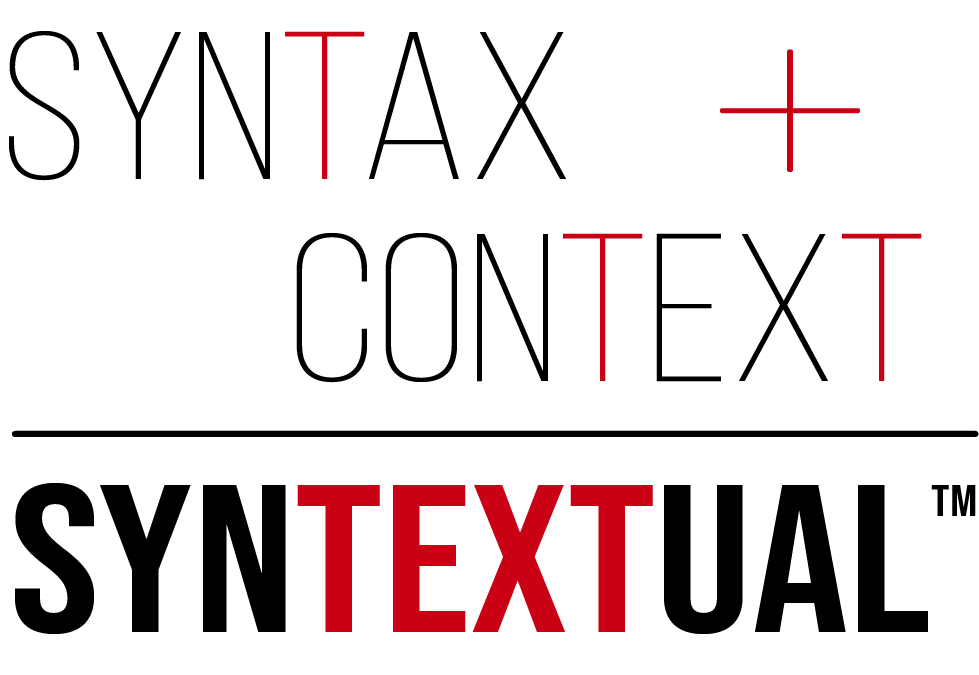
Neuromarketology empowers dynamically crafted, hyper-relevant, one-to-one messaging with pinpoint accuracy. The new AI tech allows us to efficiently scale sociographic targeting with neuromarketing science to create syntextual relevance (the specific context the customer needs in the syntax they use) with the buyer. Syntextual relevance allows marketers to provide buyers with the most relevant and engaging information at each point of consideration in the buying cycle.
Voice Search, AI, and Machine Learning
AI is also the missing link to efficient voice search optimization. For companies looking to ride the wave of voice search with their small to medium-size digital brands, the new capabilities of AI provides us with the ability to correlate the buying nuances and the one-to-one connection points based on individual vernaculars.
The real difference AI makes in this area is adding those captured nuances to voice search, using voice patterns to understand the emotions of the person as they are articulated, then, responding with exactly the right triggered messaging in exactly the right way. Read our take on voice search here. The adaptation of AI technology allows us to see, correlate, and scale syntextual data with incredible speed, which empowers neuromarketing or one-to-one inbound messaging funnels to work at the speed of human communications.
The new class of emerging AI tech stacks helps bridge the gap between a brand and a personalized, customer-centric approach. The tech, once harnessed by marketers for the purpose of amazing customers, allows advertising content to become magically hyper relevant to the buyer, wherever they are in the buying cycle. These converging capabilities, brought together with the new AI tech stacks, are the connective tissue for smart marketers to incorporate when designing and implementing next-level marketing and advertising.
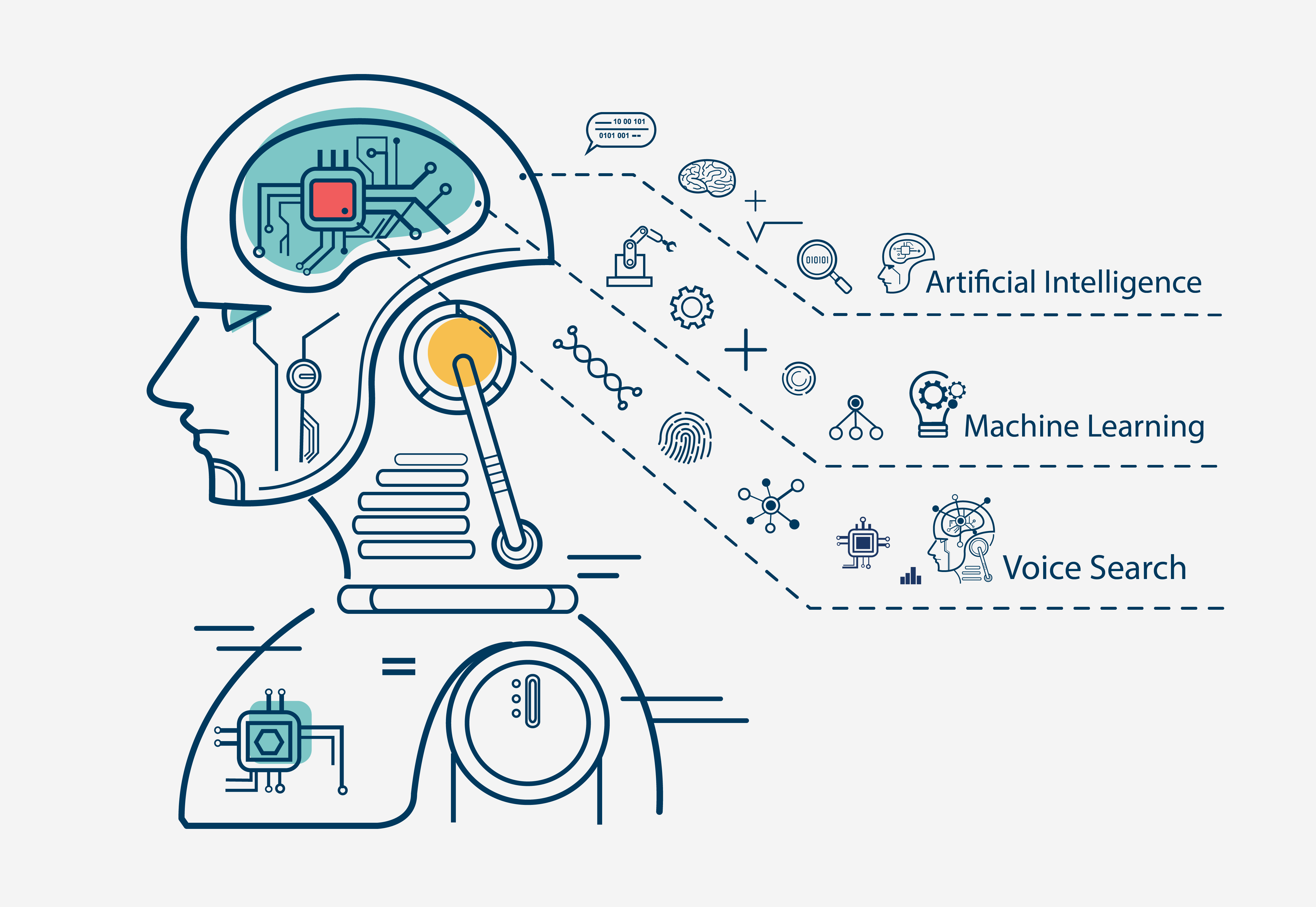
Should Marketing or IT Lead AI Projects?
If it’s all about capturing the attention and the heart of your target audiences, it’s first about creating intuitive and memorable brand experiences with the new AI technology. Deploying AI is not only about routing or controlling the customer path—it shouldn’t be limited to a binary choice to be prompted by the coders. Now, it’s moving past drag and drop workflows and version testing to reacting to the users based on their actual behaviors. It’s about matching target audiences to the most connective assets of your brand, based on their dynamic and individual choices, and then synthesizing them to where that customer is in the buying cycle at that specific point in time.

Think about it for a minute, it’s a great question—who do you want leading the programming for your brand’s AI assisted customer experiences? The IT teams or the marketing teams?
It Takes Two to Tango
Leaders within AI deployments have found it takes both art and science working in perfect unison, with each team staying in their lanes while also complementing each other’s core competencies. Who will lead the charge? The marketing teams. Why? They have been trained in their craft to reflect the customer’s behaviors from the customer’s point of view. Marketers have studied how to channel empathy for what the customers want, where the customers want it, and how the customer wants to receive it. As company leaders, we want to put the trained customer representatives in the driver’s seat. Form must follow function. Deploying AI tech within a company is half art and half science. Pleasing customers and differentiating your brand is also half art and half science.
For a small to medium-sized brand, the rewards for deploying AI are fantastic. As an early adopter or excellent adopter, much market share can be won over the next few years. A smart crawl, walk, run adoption of AI technology in your marketing strategy can be the rocket fuel that brings together your operational silos and separates your brand from all others.
Front Runners of Deployable AI Technology
One of the front runners of this newly rightsized, small to medium business deployable AI technology is Microsoft’s Project Cortex. Project Cortex is a new service from Microsoft 365 that uses AI to reason over organizational data and organize it into shared topics such as projects, tasks, and customers. This new AI innovation represents a slingshot into the future of knowledge management solutions—a big step in a vision that began decades ago.
The bottom line—there’s finally an AI code stack solution available to efficiently integrate structured knowledge in a variety of databases and machine learned solutions. The change that makes this different than previous AI attempts is the ability to efficiently marshal unstructured knowledge in documents, phone calls, coffee pot discussions, blog posts, news, events, and anything with a digital tail.
This heuristic and/or tribal knowledge is then delivered when and where users can leverage it into the customer experience or operations—on any device—at the point of need, to use to make better recommendations and find just the right expertise or content in any part of the organization.
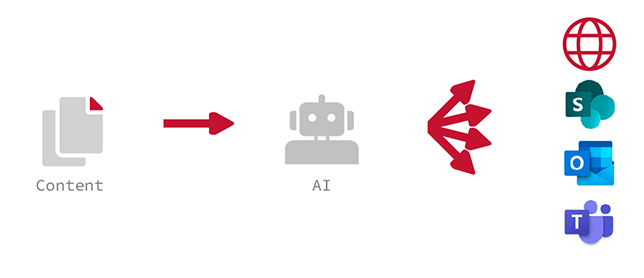
Looking to the Past
As the first advertising firm in the Southwest to represent the full suite of IBM Cognos and Watson business analytics tools into its strategic marketing arsenal, we have learned much. With the integrated Cognos and Watson Analytics platforms as a service and a piece of the puzzle, marketing agencies believed this would allow us to “think faster” for clients, no matter their size, and instantly draw valuable insights from big data to deliver world-class marketing business intelligence that rivals the sophisticated marketing of the top 100 enterprise corporations-Read about outsmarting the competition with business intelligence
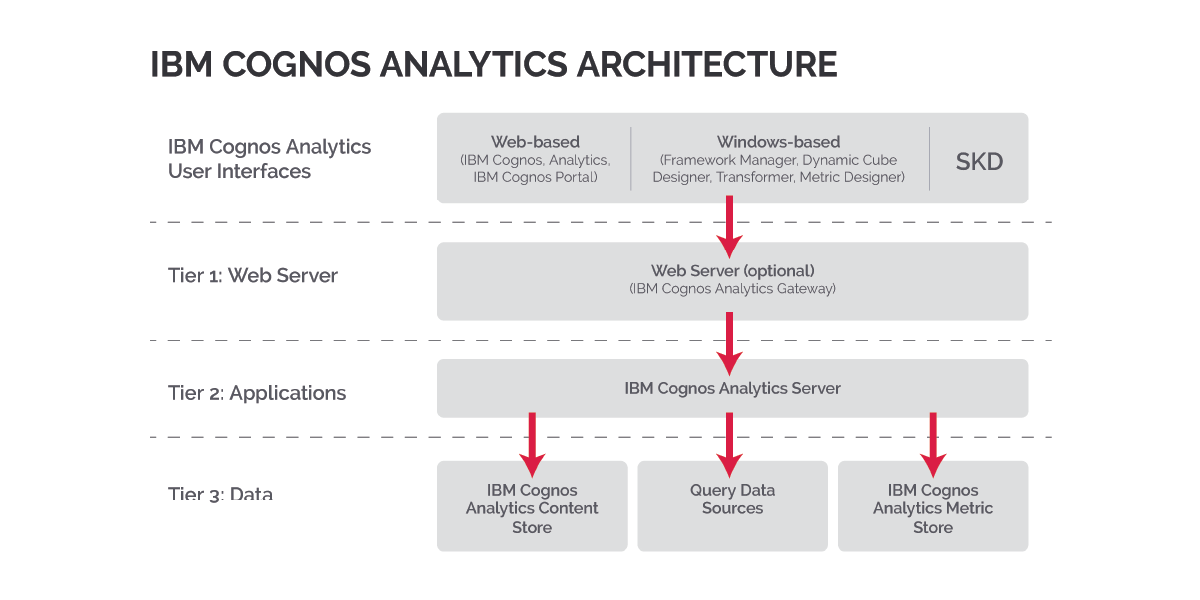
The issue those on the frontier faced with IBM Cognos and Watson deployments, was that it was too expensive and time consuming for clients to scale.
Brian Fabiano
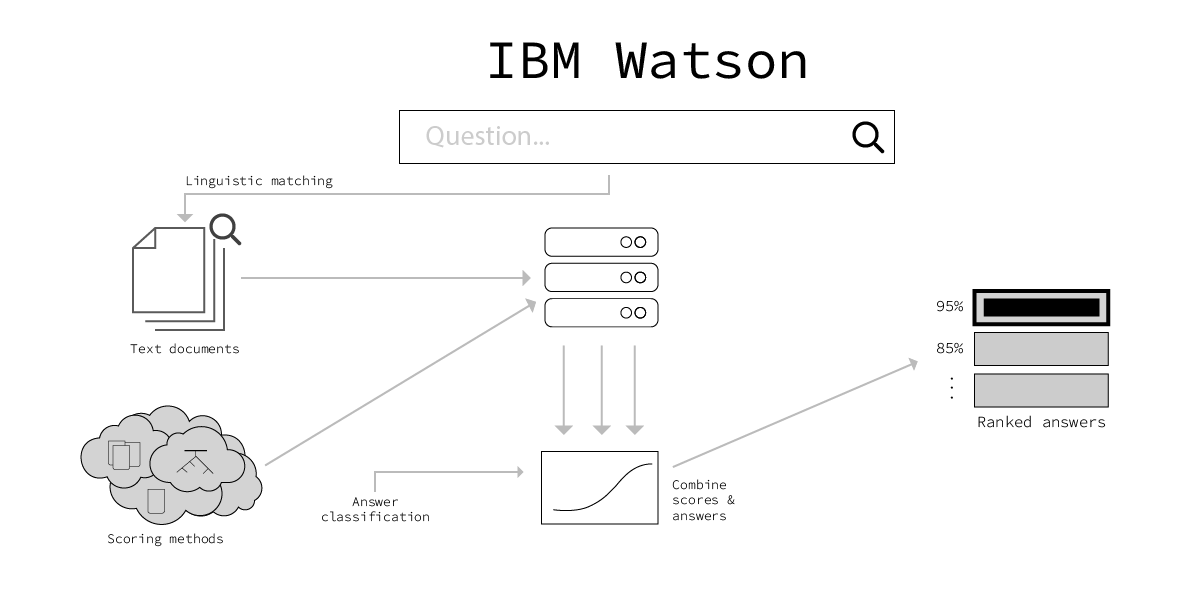
Since the rollout of IBM Cognos and Watson technology, the goals for machine learning and AI integration have not changed:
- Create differentiating, brand-centric customer experiences that amaze users and create an emotional connection between a brand and its markets.
- Deploy smarter marketing campaigns with foresight into quantitative and qualitative market trends and not yet exploited customer behaviors.
- Deliver timely marketing business intelligence supporting superior executive decision making.
The New Frontier of AI Deployment
With Microsoft Project Cortex, our industry finally sees a new resurgence and the proverbial tipping point with a technology that has been evolving and metamorphosing for over 50 years. New capabilities in the form of embedded user features provide, at the point of contact, individual customer relevance (think HR content, pricing, availabilities, social network content, competitor activities, and so much more). These capabilities, available from day one of implementation, are advancing the instant leveragability and quick ROI of AI deployment. Think of contextual information that’s always available to your team as a quick-launch bar that is curated by your enterprise knowledge bank to contextualize, from a customer’s perspective, your structured and unstructured data/tribal knowledge.
“Streamlined and inline automated capture of data through normal workflows have changed the game in our ability to “teach” the machine learning.”
Brian Fabiano
This single nuance becomes the discontinuous innovation that will truly usher in the age of seamless marketing AI deployments. When referencing the Technology Adoption Lifecycle Curve (TALC), we are leaving the trough of disillusionment, as Jeffery Moore articulated in his original works, and are now starting the early adoption phase of practical deployment for everyday businesses.
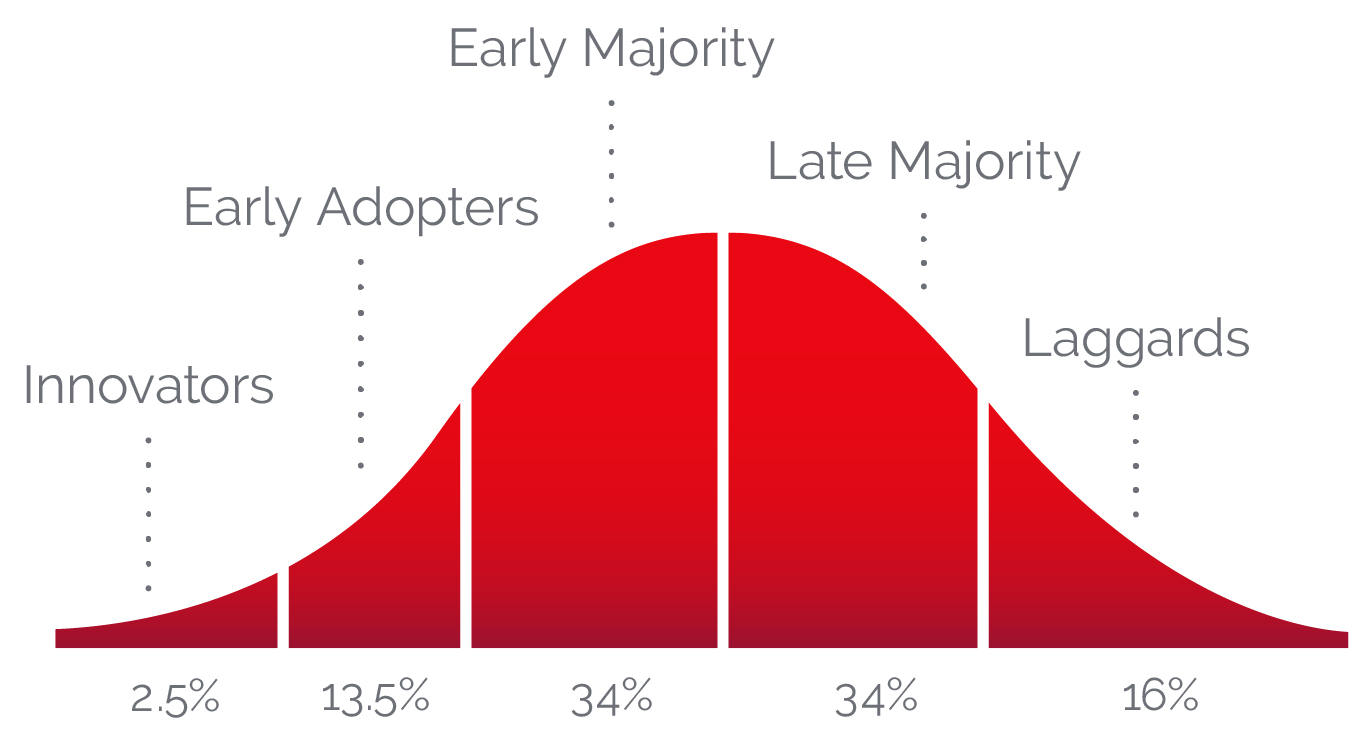
Geoffrey Moore’s TALC Curve
A great example of this is the Microsoft 365 workflow incorporating automated data capture capability at the desktop user level. This then allows configured automated actions to occur when users save or otherwise edit a document, webpage, or communication. It’s the native desktop level integration between SharePoint and Outlook, synchronizing task lists, accounting, marketing, customer service, manufacturing, and so on that becomes the connective tissue. All of it, delivered in real time and dynamically from a myriad of channels and accessed with your fingertips, makes the possibilities endless for companies that truly desire to build a better brand by building better customer experiences.
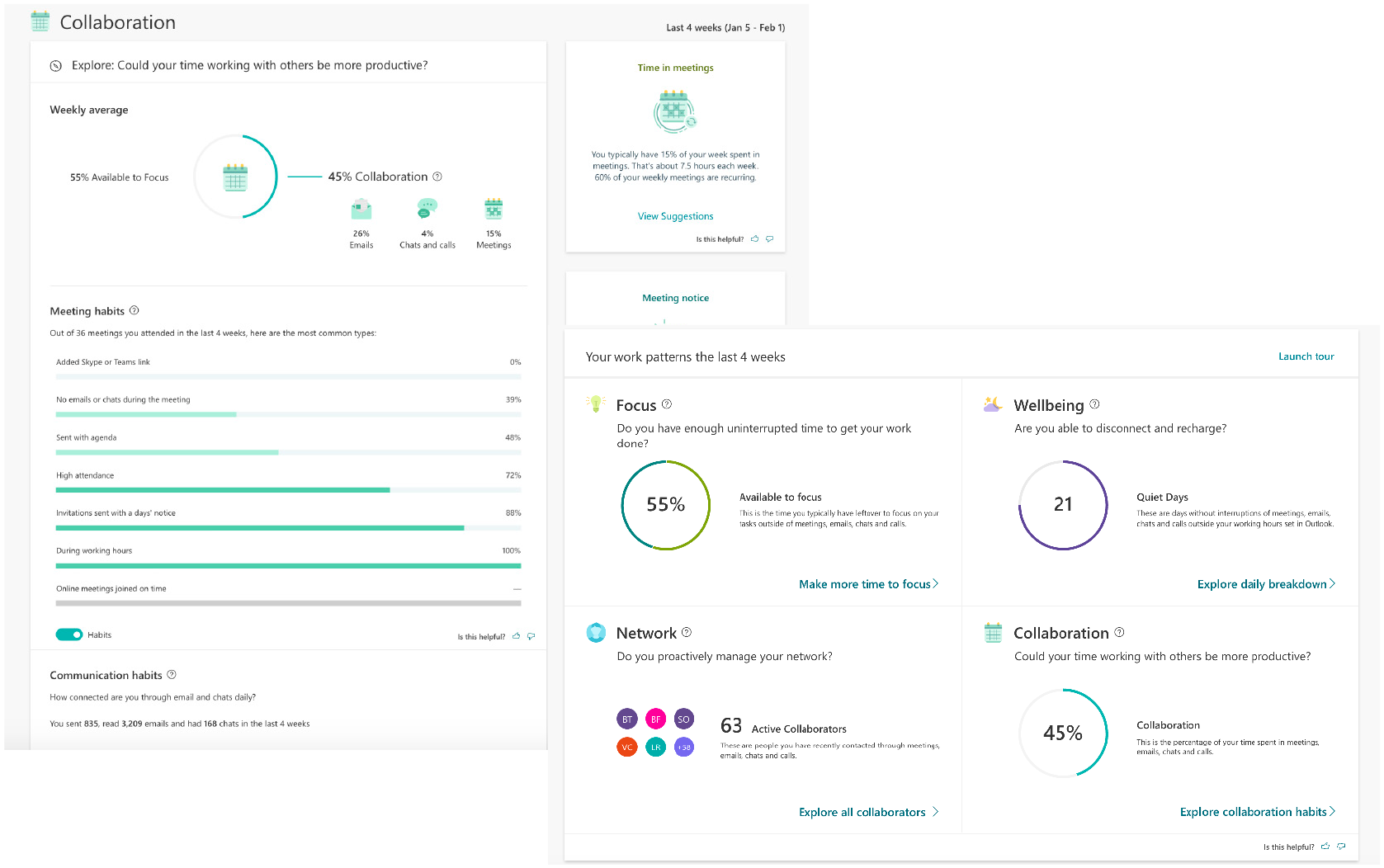
AI Technology is No Longer Pandora’s Box
The breakthrough is the AI software now collecting data to “learn” at the point of user interactions. AI is now able to emulate those everyday stakeholder interactions and information relationships as the machine learning.
This customer, company, and frontline user triangle is an approach that’s in contrast to how we have proceeded with AI initiatives for decades—typically as a top down method of deployment. AI adoption to date has been stifled because creators and programmers were forced to feed mountainous streams of latent data tables into middleware. Then, teams of very savvy programmers had to “program” the most likely references to the custom-built normalized data that was amassed. The issue—it was the programmers who deemed what data was most relevant.
Another issue with the traditional top down use of AI was that it required an instantaneous need and substantial budget to filter the mass of data to provide the most appropriate variable for the AI prompted answers. The process was too challenging and expensive for all but the biggest companies.
As a midsized advertising and marketing integrator with a focus on business intelligence and business strategy, we see this comprehensive AI advancement reigning in Pandora’s box for small to medium-sized businesses.
We believe mainstream adoption of these tech stacks will hit 50 percent of all businesses within the next five years. Furthermore, these innovations, combined with the AI economy, will be ushered into all industries over the next ten years. Any business not deploying this kind of tech will go the way of the mail order catalogue industry. It is important to remember that deploying discontinuous innovations like this within an enterprise will span across business strategy, creative strategy, and new technology.

Truth Be Told
AI is quickly going on its fifth decade of incubation and the seed technology has now blossomed to provide the fruit of today: customer intimacy and brand differentiation. To truly and consistently perform in this area, a brand’s operators must first assess the critical organizational needs of the institutional, tribal, or expert knowledge transfer and scaling the data to ultimately grant keen insights to empower organizational success.
Deploying the new AI tech stacks starts with fingerprinting your customer interactions from the outside-in. If the interactions are meant for those coming from a particular paradigm, then the builders’ considerations need to also be from the same perspective. This type of broad-based strategy is best tackled with outside-in teams, led and managed by key innovators within the company. There are massive benefits for architectural strategy and tactical fingerprinting to be driven from outside-in, discipline-specific professionals.

When using the new AI tech to create brand interactions mapping, it’s important to divorce the perspective of “we have always done it this way” or to reference past restraining forces because these are based on a subconscious bias. Instead, the battle cry should be to be fully open to new possibility, to say, “let’s create the most amazing awareness, consideration, and buying customer experience possible.” This forward-thinking, open-minded strategic thinking will help you build the ability to influence honest preference for your brand based on every interaction—customers will come and keep coming.
Adoption of New Capabilities
We were reviewing an older white paper within a different area of communications convergence, and in the end, we wanted to use some of those words again:
“As leaders, we must steward our organization’s adoption of new capability profitably. The challenge in matters of convergence comes from many seemingly inconsequential and disconnected progressions that will converge on an industry and accelerate to hyper speeds, not only in reference to capability, but also within acceptance. We can be pacing along with our techniques to time our entry and, all of a sudden, from the last time we looked, the progression goes from a steady 25mph to 100mph.
What’s really mind-blowing is that this is only the beginning. [We are] not exaggerating in the least when [we] say that, for marketers, AI convergence tech over the next few years will have more impact on the way we do business than the invention of the printing press, radio, and television combined.
The whole universe of business will be profoundly impacted. Each industry will be challenged to draw and enable these new and emerging capabilities to reshape not only tactics but challenge the fundamental strategies that have governed their success for decades. This is especially true in our arena of marketing communications.
As marketers, we are standing at the threshold of an entirely new marketing ecology, a landscape transformed by the seamless and explosive merging of big computing power, databased information, accessible 5G wireless, and ubiquitous communication network devices. Evolution teaches us that when the conditions change, there are only two options: adapt, or become a fossil.”
Project Cortex is a classic example of this in play for Microsoft. It’s truly the first of a new class of next generation knowledge management. For more information on Project Cortex, view this great video that sums up just one user’s perspective and one application of the strategy when Project Cortex is incorporated in Microsoft 365.
About the Author
Brian Fabiano is the CEO and founder of FabCom, a full-service strategic integrated marketing and advertising agency with offices in Scottsdale/Phoenix, Los Angeles, and Seattle. He is a nationally recognized innovator, advertising and marketing industry leader, author and speaker, whose insights in dynamic corporate and marketing strategy. Cross-channel cross-media messaging, business intelligence, strategic planning, positioning, brand mapping, and segmentation/database marketing are sought by corporations and trade associations alike.
He is now working on his second book on the convergence of technology and marketing strategy, after the resounding success of his first book, Neuromarketology: How to Develop, Implement and Manage Dynamic, Real-Time, Cross-Channel Marketing Campaigns that Generate Astonishing ROI. This is the second book in the planned trilogy and will delve deeply into the connection between Neuromarketology™ and the contemporary convergence of artificial intelligence, dynamic messaging, and Distributed Customer Experiences™, driven by Blockchain and AI technology.